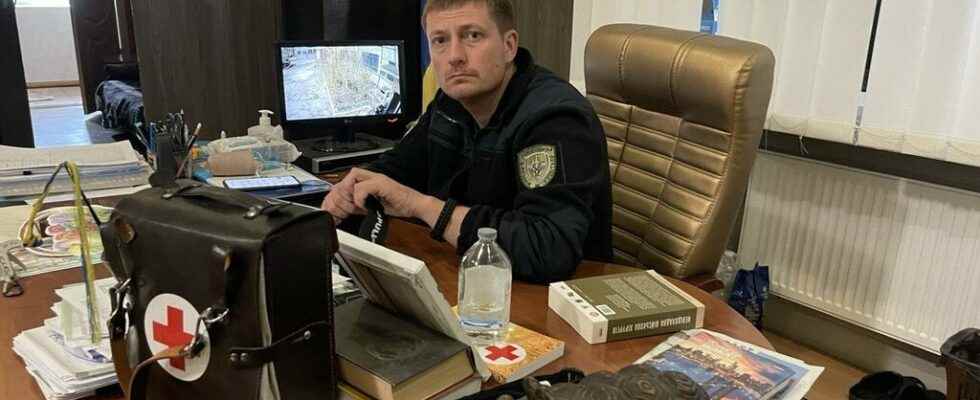In Ukraine, on the southern front too, the Ukrainians are preparing for Russian attacks. In Zaporizhia, on the Dnieper River, the military hospital was until recently overwhelmed by the influx of combatants wounded at the front. Faced with the arsenal deployed by the Russian forces, the teams had to adapt quickly.
From our special correspondents in Zaporijia,
After difficult days, calm has returned to the military hospital in Zaporizhia. To the south, the front is still active on the Dnieper River and the hospital is within firing range of Russian guns, explains doctor Yurii, a surgeon.
Ihere, we are less than 50 km from the front. The most seriously injured are taken to this resuscitation room first. As you can see, we have caulked the windows to secure the premises. We don’t leave the wounded here too long. It’s too risky. Most often, once their condition has stabilized, they are taken to civilian hospitals further north. Yesterday and today, we received a lot less injuries. Maybe because it’s Easter…
Stepan’s state proves that there was no truce in the fighting on this holiday. The young soldier has just arrived from Donbass, breathless with pain. ” It was yesterday in the Donetsk region… I didn’t know the place he says. “ A shot from a Russian tank hit our position. The shell fell close to us. Our commander was there. It was confusion because our pillbox collapsed on top of us. I come out with bruises and my back took it all. Next to me, a comrade had his leg amputated. He didn’t survive. »
► To read also: Ukraine: at the Zaporizhia hospital, every day new wounded from the front
“90% of the wounded are injured by artillery fire”
While Russia’s offensive methods are not always new, medical teams have had to adapt to a new type of injury inflicted on fighters.
” So far, more than 90% of injuries were caused by various sources such as snipers, mine explosions, injuries resulting from blasts, i.e. the blast effect of deflagrations explains Lieutenant-Colonel Viktor Pysanko, director of the military hospital. ” Today, 90% of the wounded are from artillery fire. The Russians make massive use of it to try to push our lines. This is the old method already proven in Afghanistan, in Chechnya. They cover everything with their artillery and then try to push with their infantry. We therefore had to adapt the medical support on the front accordingly. »
This paratrooper, having served in Kosovo and Kivu, used his network of contacts to develop the use of telemedicine. From the United States, to France, via Israel, many responded to the call of the young officer.
